We are talking about flour today – an essential ingredient in baking. Lots of terms, names and uses can confuse a beginner baker so I am breaking down the only type of flours you need to know about, their uses along with frequently asked questions.


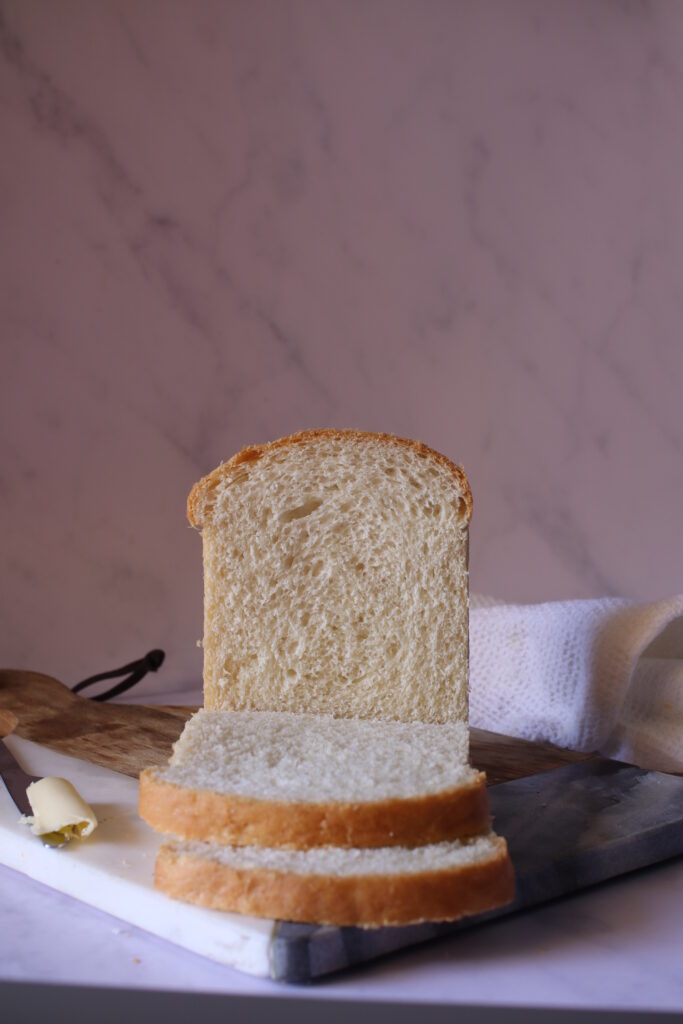
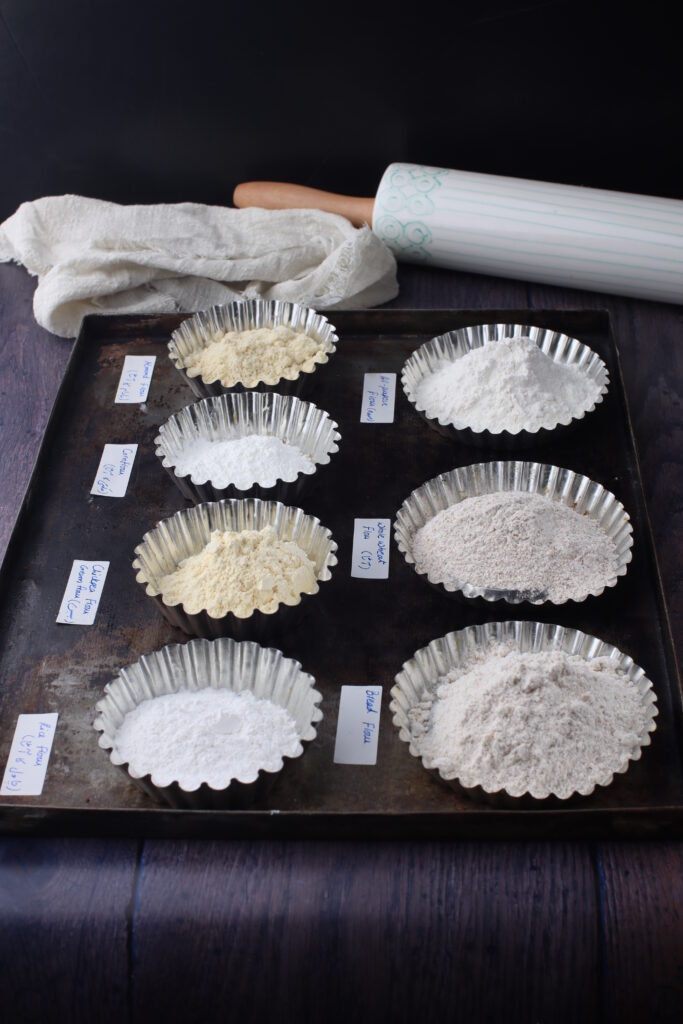
What are the different type of flours?
Generally speaking, flour is referred to anything that is grounded finely. Now broadly speaking, there are two type of flours:
- one that is made from wheat (or its variations like durum, rye etc.)
- one that is made from non-wheat sources (like vegetables and nuts)
Types of Flour
To understand different type of flours, specially those that comes from wheat, it is vital to understand three components of wheat grain – Bran, Endosperm and Germ. Bran can have several other layers but lets keep it simple and understand that different type of flours will have a varying combination of these three components. It is also the reason of protein percentage but more on that later.

All-Purpose Flour or Plain Flour
In Pakistan, India and other South Asian countries, All-purpose flour (APF) is called Maida (in Urdu).
This is the most common type of flour in baking. APF/ Plain flour is usually 10-12% protein, ideal for 80% of your baking needs. This makes it perfect for baking cakes, cookies, pies and breads. If you bake significantly, get a good quality brand and buy in bulk.
Apart from Maida/ All-purpose flour/ Plain flour, there are following type of flours:
Whole-wheat Flour/ Brown Flour
It is also called Aata (in Urdu) in Pakistan and is not as refined as Maida because more germ and bran is added. It is considered more nutritious and has higher protein content.
Bread Flour
With higher protein content from 12-14%, it is the strongest of flours, and gives the required strength to bread while stretching & folding and chewy texture after baking.
I normally switch between above three kinds- mostly all purpose and whole wheat. However, there are other kinds of flour as well:
Pastry/Cake Flour
This type of flour has lighter texture (8-10% protein). It can be easily substituted with some of the all-purpose flour replaced with corn flour.
Self-Raising Flour
I never use it but just for information, it is regular all-purpose flour with leavening agents and salt.

FAQs
In general, if anything is made from non-perishable ingredients (without meat, dairy etc.), it can be stored at room temperature for a couple of days – covered, preferably in an air-tight container. Products with whole-wheat can go stale/ moldy or catch fungus more easily specially in hot and humid conditions. For long term storage, its best to freeze the item, well wrapped.
This is the most common question: I always say these three things:
– Know that home-made is better than store brought; you are already skipping all the artificial preservatives, flavors, colors and additives, which are merely harmful chemicals to prolong shelf life.
– first make the recipe with whatever flour is recommended then usually you can substitute half of the all-purpose with other flours – oats and wholewheat are my favorite substitutions.
– know that whole-wheat flour will add density and a little heaviness to the final product, which might be ok for pies, tarts, cookies, breads and flavored cakes but not for sponges, vanilla cakes and other lighter cakes.
– try making oats flour at home by grinding whole oats into fine powder, my personal favorite to substitute with all purpose flour.
In dry weather places, room temperature works just fine in an airtight container. In humid conditions, however, large quantities of flour can be stored in fridge’s vegetable section.
Bleached flour is made by adding a whitening chemical to the flour, which although a very small amount, is totally unnecessary so its best to get hold of un-bleached flour.
A couple of reasons:
1. By sifting, you incorporate more air, recommended for light sponges and cakes.
2. To remove impurities, any lumps or particles
Non – Wheat Flour
So let’s move on to the flour types, which are made from nuts and vegetables:

Gram Flour
Also known as Besan (in Urdu) is the ground flour from yellow lentil (split brown chickpeas), widely used in Pakistani cooking. My favorite way in using besan in baking is to make these scrumptious, melt-in-mouth Pakistani version of shortbread – Besan Naan Khatai.

Note: It is similar to chickpea flour which is made from chickpeas or garbanzo (safaid channay or cholay).
Almond Flour
Made from blanched, peeled almonds, this is the main ingredient in Macarons and other gluten-free baking.
Note: Almond meal is usually made from ground almonds, with skin.
Corn Flour
Made from corns, this is also confused with corn starch. Corn flour is made from grinding yellow corn while corn starch is used as thickening agent made from starchy part of corn kernels.
I use it for my Red Velvet Cake to mimic cake flour.
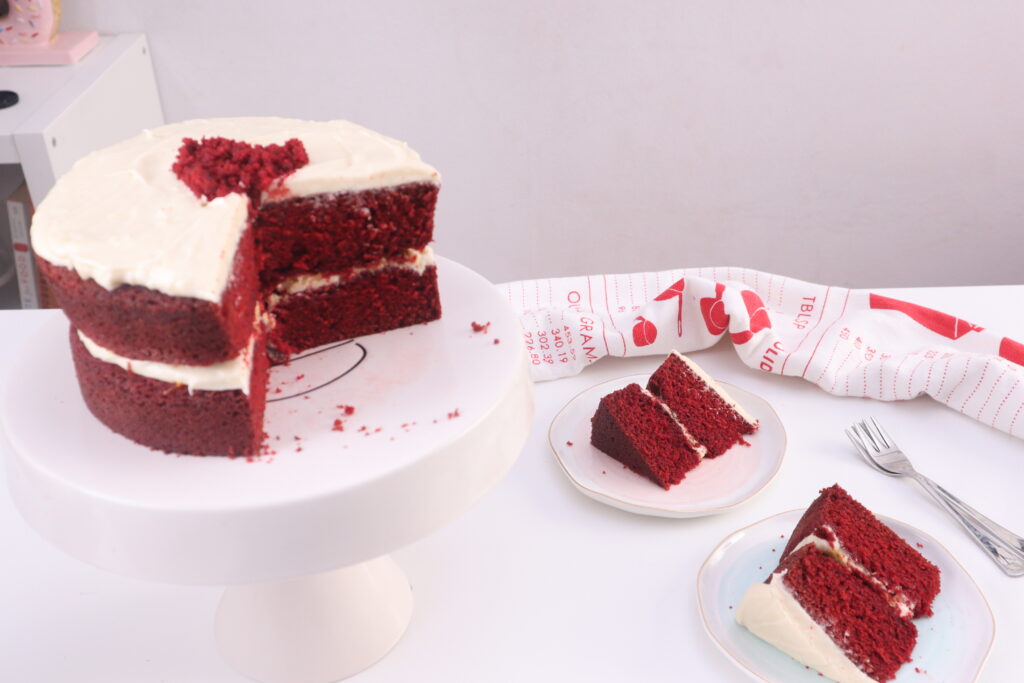
Rice Flour
Made from rice, it is a great flour to add crispness to baked products, specially shortbread.
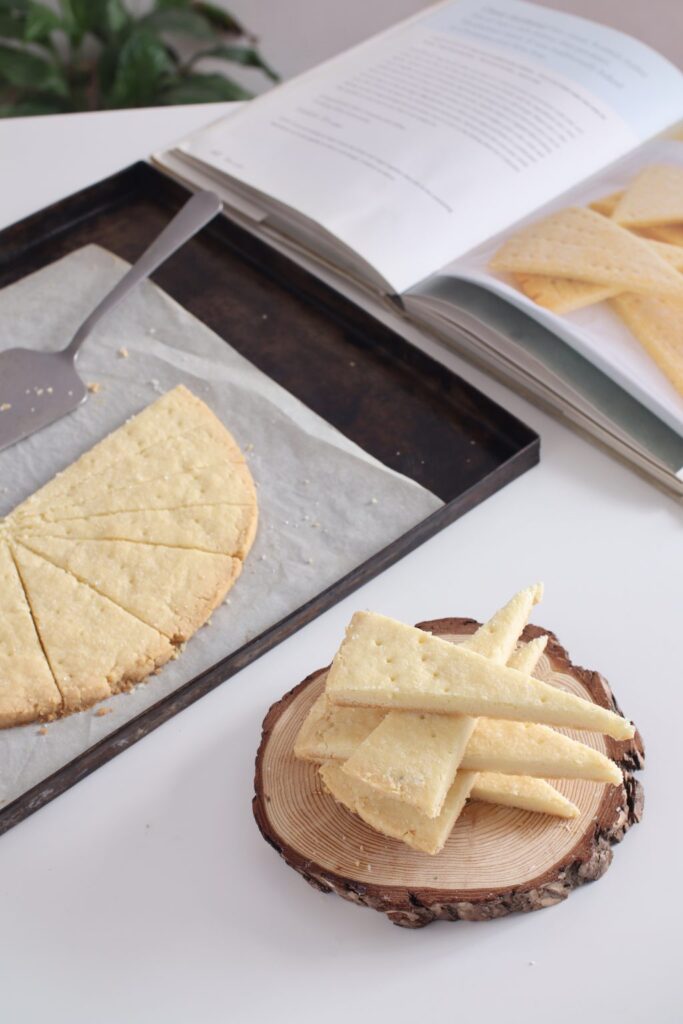

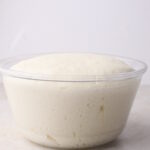
buy generic clozapine – where to buy perindopril without a prescription pepcid 20mg ca
order seroquel 100mg – desyrel 50mg ca order eskalith online cheap
atarax us – buy hydroxyzine 25mg without prescription buy endep 25mg generic
buy clomipramine 25mg generic – buy abilify 30mg order doxepin 25mg online
generic clavulanate – order augmentin online cheap cipro usa
zithromax 250mg sale – flagyl pills purchase ciprofloxacin for sale
Hi are using WordPress for your site platform?
I’m new to the blog world but I’m trying to get started
and create my own. Do you need any coding expertise to make your own blog?
Any help would be greatly appreciated!
purchase stromectol online – buy generic aczone online buy cefaclor 500mg
clarinex 5mg without prescription – buy triamcinolone pills order asthma pills
medrol 16mg over counter – purchase singulair generic order generic astelin 10ml
buy generic glyburide 5mg – order forxiga without prescription buy forxiga 10mg online cheap
buy repaglinide 1mg online cheap – empagliflozin 10mg uk buy empagliflozin 10mg without prescription
buy metformin 500mg generic – order sitagliptin pills buy precose 50mg online cheap
order terbinafine 250mg generic – diflucan order online purchase grifulvin v pill
order rybelsus 14mg pills – rybelsus 14 mg canada order desmopressin online
online pharmacy india http://indiaph24.store/# cheapest online pharmacy india
indian pharmacy online
cost nizoral 200 mg – mentax over the counter buy sporanox 100mg online
http://mexicoph24.life/# mexican border pharmacies shipping to usa
indianpharmacy com http://indiaph24.store/# top online pharmacy india
mail order pharmacy india
mexican pharmacy [url=https://mexicoph24.life/#]cheapest mexico drugs[/url] buying prescription drugs in mexico
http://canadaph24.pro/# canadian pharmacy review
buying prescription drugs in mexico: cheapest mexico drugs – pharmacies in mexico that ship to usa
tamoxifen and grapefruit: tamoxifen breast cancer prevention – where to get nolvadex
https://lisinopril.network/# lisinopril discount
digoxin 250 mg over the counter – cheap dipyridamole 25mg buy generic lasix
https://ciprofloxacin.tech/# cipro pharmacy
order generic propecia no prescription: cost of generic propecia pills – propecia generics
ciprofloxacin over the counter [url=https://ciprofloxacin.tech/#]cipro[/url] cipro online no prescription in the usa
http://ciprofloxacin.tech/# cipro pharmacy
famciclovir 250mg ca – buy cheap generic acyclovir purchase valaciclovir without prescription
price of lisinopril generic: lisinopril 10 mg pill – lisinopril 120 mg
http://ciprofloxacin.tech/# ciprofloxacin 500 mg tablet price
lisinopril tablet [url=http://lisinopril.network/#]lisinopril 5 mg brand name[/url] cost for 2 mg lisinopril
lisinopril cost: where can i buy zestril – zestril 10 mg
https://finasteride.store/# propecia sale
propecia sale [url=https://finasteride.store/#]cheap propecia pill[/url] generic propecia without rx
cipro buy cipro online canada or purchase cipro
https://maps.google.nl/url?sa=i&url=https://ciprofloxacin.tech buy cipro online
[url=https://images.google.co.uz/url?sa=t&url=https://ciprofloxacin.tech]cipro ciprofloxacin[/url] buy cipro online and [url=http://etalk.enpranichina.com/home.php?mod=space&uid=241570]buy generic ciprofloxacin[/url] ciprofloxacin over the counter
ciprofloxacin over the counter: buy cipro – buy ciprofloxacin over the counter
https://finasteride.store/# cost of generic propecia without prescription
http://nolvadex.life/# nolvadex online
lisinopril 5 mg price in india [url=http://lisinopril.network/#]medication lisinopril 20 mg[/url] lisinopril online
ciprofloxacin generic price [url=http://ciprofloxacin.tech/#]buy cipro[/url] buy cipro cheap
https://finasteride.store/# cost of cheap propecia pill
Cytotec 200mcg price: cytotec abortion pill – buy cytotec over the counter
cytotec online [url=https://cytotec.club/#]buy cytotec online fast delivery[/url] buy cytotec over the counter
https://finasteride.store/# cost of generic propecia pills
cost cheap propecia without a prescription: cost of propecia without a prescription – order cheap propecia without dr prescription
propecia tablets [url=http://finasteride.store/#]buying propecia[/url] buy generic propecia without insurance
buy microzide 25mg – felodipine 10mg ca buy generic zebeta over the counter
http://ciprofloxacin.tech/# buy cipro online canada
http://finasteride.store/# buying generic propecia pills
https://cytotec.club/# purchase cytotec
purchase cipro [url=http://ciprofloxacin.tech/#]ciprofloxacin order online[/url] buy ciprofloxacin over the counter
buying propecia without rx: cost propecia prices – cost generic propecia without insurance
buy lisinopril 20 mg online usa [url=https://lisinopril.network/#]buy prinivil[/url] lisinopril medication otc
tamoxifen and depression nolvadex gynecomastia or tamoxifen breast cancer prevention
http://schwaebische-auster.de/galerie/main.php?g2_view=core.UserAdmin&g2_subView=core.UserLogin&g2_return=https://nolvadex.life/ tamoxifen hip pain
[url=https://images.google.fi/url?sa=t&url=https://nolvadex.life]tamoxifen therapy[/url] aromatase inhibitor tamoxifen and [url=http://www.9kuan9.com/home.php?mod=space&uid=624798]tamoxifen reviews[/url] clomid nolvadex
buying generic propecia without prescription cost generic propecia or cost propecia
http://maps.google.gg/url?q=https://finasteride.store cost of cheap propecia no prescription
[url=https://www.ferienhaus-privat.de/backend/externerlink/frameset.php?url=http://finasteride.store]cheap propecia[/url] cost of generic propecia tablets and [url=http://www.zhuangxiuz.com/home.php?mod=space&uid=825057]order generic propecia without prescription[/url] propecia tablet
http://nolvadex.life/# what is tamoxifen used for
lisinopril 5 mg prices [url=https://lisinopril.network/#]lisinopril 10 mg order online[/url] lisinopril 20 mg no prescription
lisinopril prescription: price of lisinopril in india – lisinopril 5 mg daily
https://lisinopril.network/# lisinopril 20 mg generic